I've been using lemmy almost a year now and it has been fairly smooth. But I still get logged out every time I refresh some community pages which is strange.
Kaelygon
So it's illegal to die poor
Thank you so much! <3
basically Komodo dragon + maned wolf = maned dragon
Thank you ^^ It's not a dragon in traditional sense, but I might just do that!
It's funny how caught up I got about fantasy etymology after reading couple weeks of taxonomy and zoology
Yea! That's why it's more useful to specify traditional, mythological or a certain type of a dragon that have become more popular in recent fantasy.
The dragon term doesn't necessarily need a strict definition. It's just my preference that having structure is better and then you can decide how to break the norms. Although, most of these new variants share the same name 'dragon'.
I still see the evolution of the term fascinating even if it is becoming more generic.
I agree with the biological definition, "organism that can survive as an individual". Even if the fetus has a parasitic relation, it is capable of developing all functions to fit the full definition.
There are other definitions of 'life' and anyone is free to believe either way, but the more subjective question is: When does the fetus become a person?
Same thing with alcohol prohibition. People are going to break the law, legal or not. The US is said to be the freedom land, but women can't have autonomy over their bodies.
What I gathered is that 70% of the US congress is men, so it's not their freedom that they sacrifice.
Christian values are important to some voters, so politicians can gain free points by promising anti-abortion laws.
The politicians who make such decisions think one term at a time and disregard the consequences as long as it doesn't affect them. If they actually cared, they would also advocate for childcare benefits.
I just have it in muscle memory to know which way soda bottle cap tightens
I believe abortion is killing, but it only becomes murder by definition if abortion is outlawed. The literal definition is "the unlawful premeditated killing of one human being by another."
The fetus won't have cerebral cortex till +12 weeks; no consciousness. So it wouldn't be much different than killing a plant or bacteria. It's debated when it becomes a human.
Yes, I justify murder as it will likely reduce the suffering. Thus, I am a monster in Christians eyes.
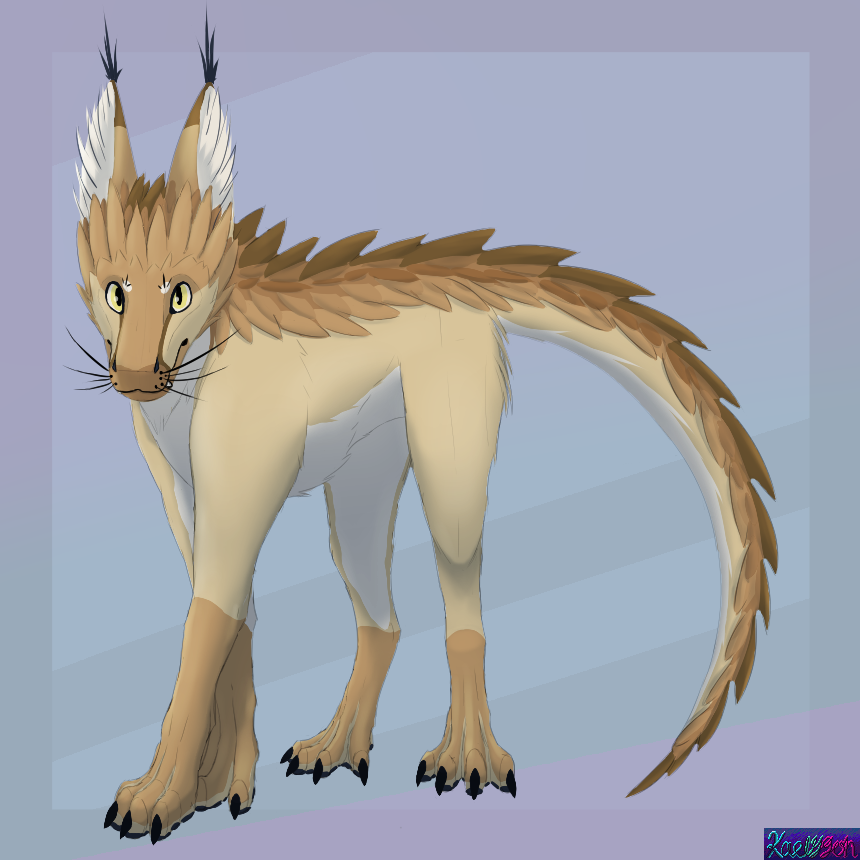



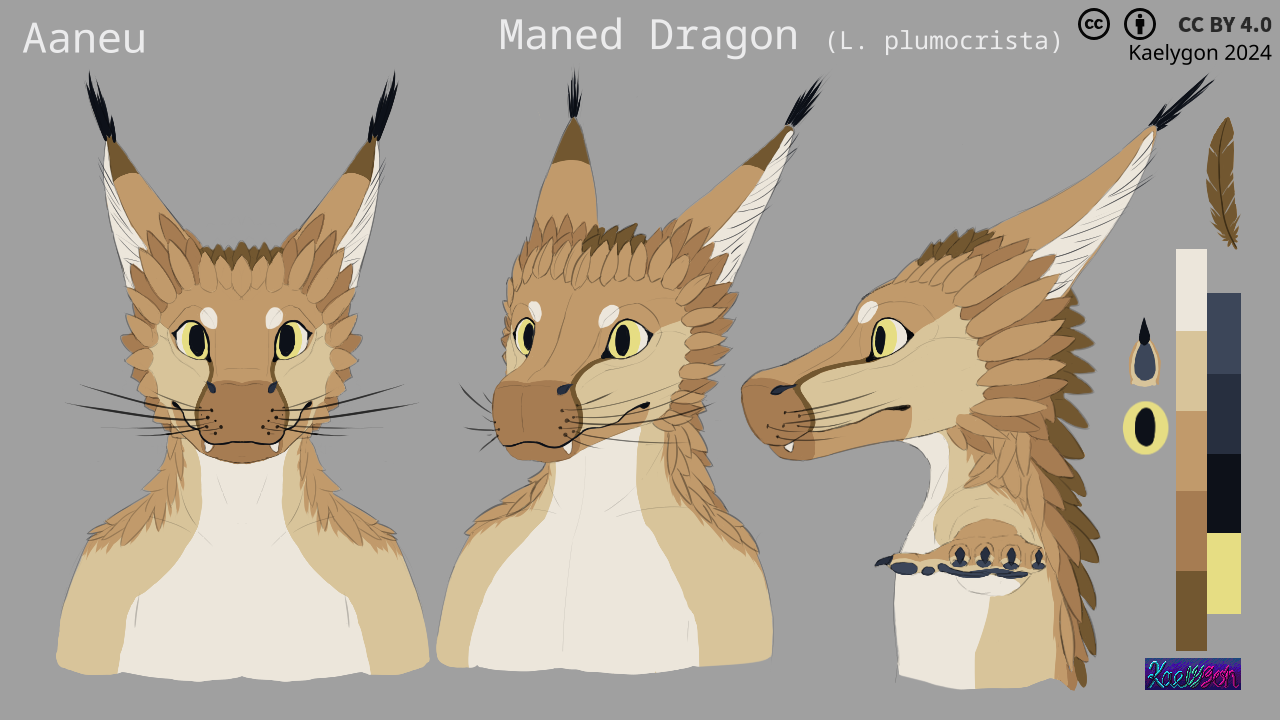
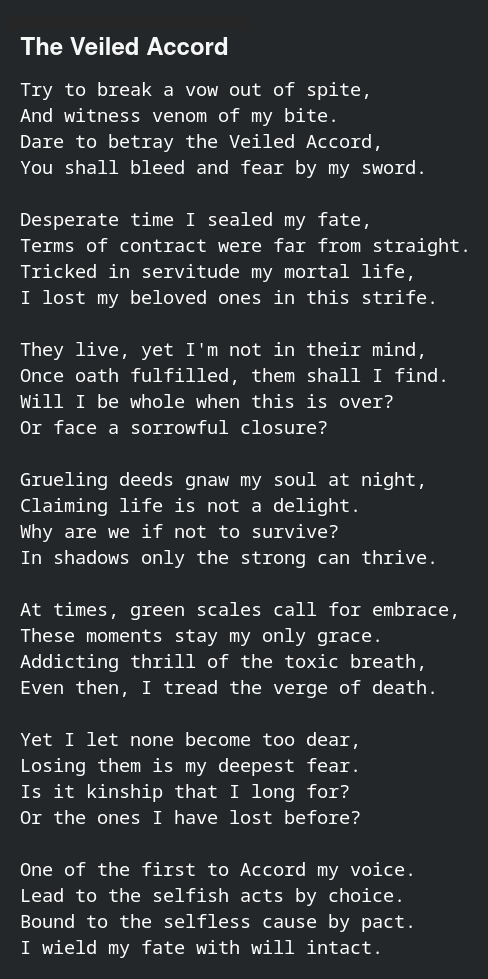
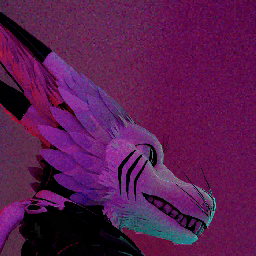
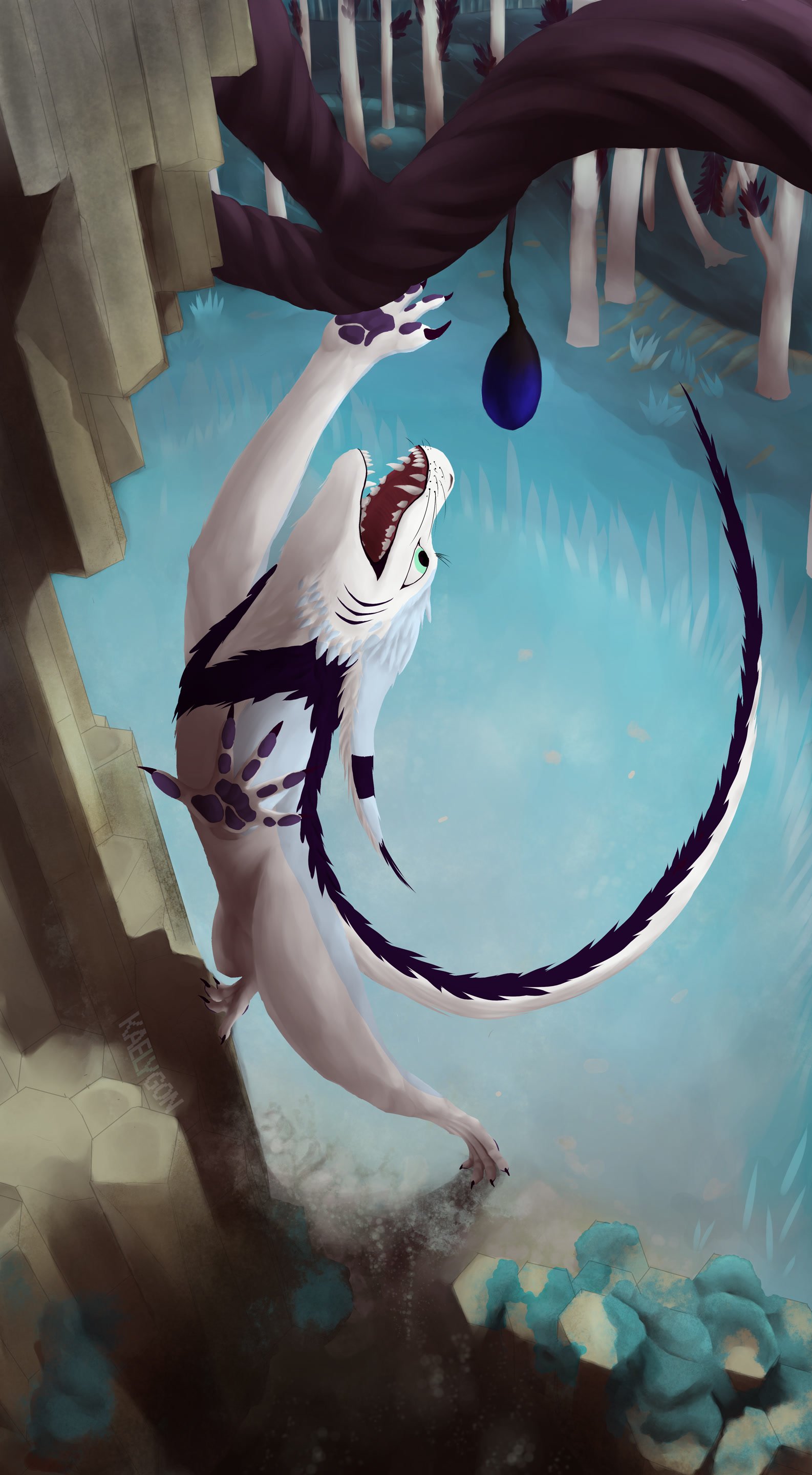
That's what 65dos Taipei music video looks like, though that was released 2013 https://youtu.be/06ObT5yIIx8
